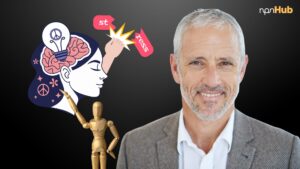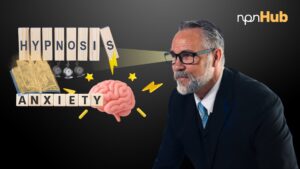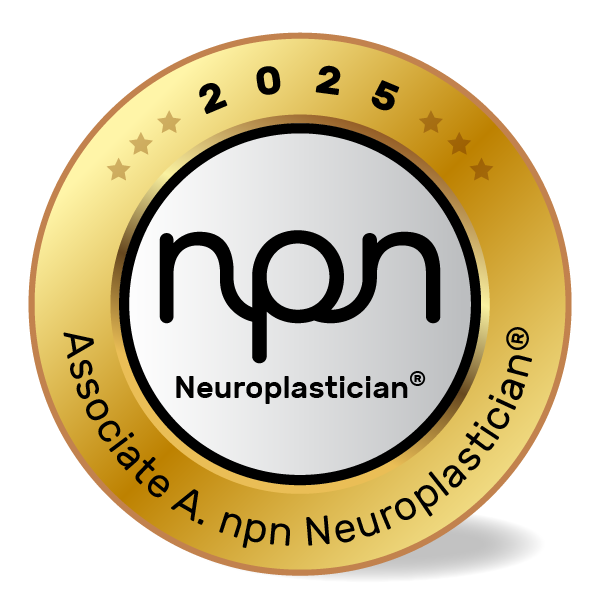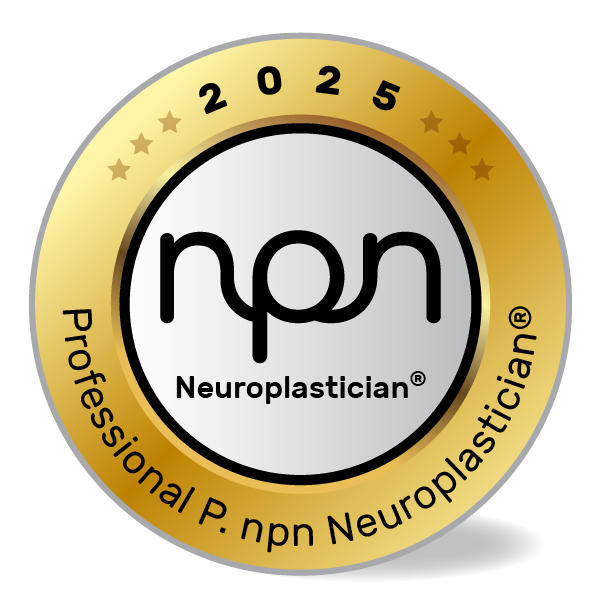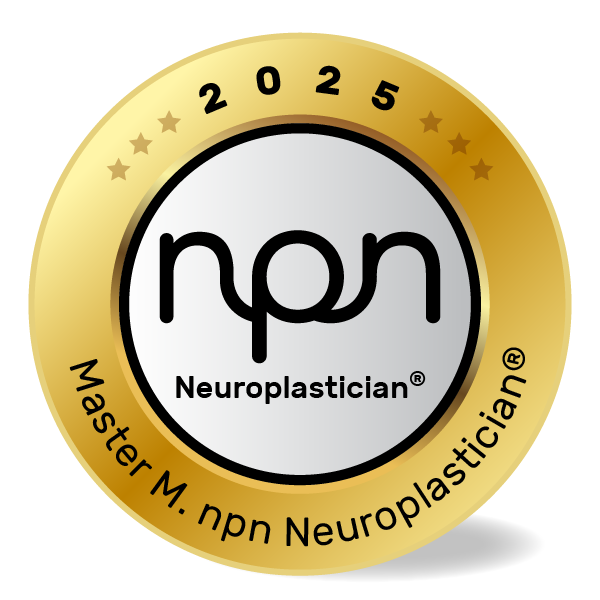How Changing Your Brain Is Easier Than You Think – If You Know Where to Start
An npnHub Editorial Member curated this blog
Key Points
- Neuroplasticity is the brain’s ability to rewire itself through experience and practice.
- Practitioners can use targeted strategies to promote cognitive flexibility and healing.
- Dopamine, BDNF, and other neurochemicals are central to neuroplastic change.
- Misconceptions about “fixed intelligence” limit growth – neuroplasticity proves otherwise.
- Brain areas like the prefrontal cortex and hippocampus are most responsive to behavioral interventions.
- Daily habits, mindset, and environment profoundly shape neural circuits.
1. What is Neuroplasticity?
In a recent neurocoaching session, a client expressed frustration: “I’ve always been bad at focusing. That’s just who I am.” But as the session unfolded, the practitioner guided them through exercises that subtly altered how they attended to tasks. A month later, the client reported deeper focus and improved task completion. Their belief had shifted – from stuck to hopeful.
This story is illustrative, not a scientific case study, but it reflects a growing truth: the brain is capable of profound change.
Neuroplasticity refers to the brain’s ability to adapt, rewire, and grow new connections throughout life. Once thought to be fixed after childhood, the brain is now known to be in a constant state of flux. This insight has been revolutionized by work from researchers like Dr. Michael Merzenich, a pioneer in cortical plasticity, whose studies have shown how targeted stimulation can reshape neural maps in both animals and humans (source).
Whether recovering from injury or learning a new skill, the principle is the same: the brain changes in response to experience. And for practitioners, this opens extraordinary doors for cognitive and behavioral transformation.
2. The Neuroscience of Neuroplasticity
A cognitive educator observed a fascinating shift in her student: after three weeks of mindfulness-based attention training, the student’s response inhibition improved dramatically. Previously impulsive, they began pausing, reflecting, then acting – a shift mirrored by changes in EEG recordings.
This scenario highlights a powerful scientific fact: repeated behaviors reshape the brain.
Neuroplasticity is driven by mechanisms such as long-term potentiation (LTP) and synaptogenesis, both of which involve the strengthening of synaptic pathways through repeated activation. The prefrontal cortex (responsible for executive function), hippocampus (key to learning and memory), and anterior cingulate cortex (regulation and focus) are especially plastic.
Neurotransmitters like dopamine and brain-derived neurotrophic factor (BDNF) support synaptic changes. Dopamine acts as a reward signal, enhancing learning when outcomes feel meaningful. Meanwhile, BDNF fuels the growth of new neurons and is modulated by activities like exercise and deep learning.
In essence, neuroplasticity is the molecular proof that our behaviors sculpt our brains.
3. What Neuroscience Practitioners, Neuroplasticians, and Well-being Professionals Should Know About Neuroplasticity
During a team debrief, a well-being consultant shared a breakthrough: a stroke recovery client had regained fine motor skills weeks earlier than expected. The key? A carefully scaffolded series of visualization and physical exercises. The practitioner had engaged the client’s mirror neurons and motor cortex through multisensory learning.
This is not clinical proof, but it reflects how practitioners can intentionally drive neuroplastic outcomes.
Here’s what professionals should keep in mind:
Many still believe the brain is “hardwired” after a certain age. But this is a myth long debunked by modern neuroscience.
Others think only drastic interventions (e.g., surgery or drugs) can change the brain – ignoring the power of micro-behaviors and coaching.
Some assume neuroplasticity is only for healing from injury, not realizing it underpins everyday growth, learning, and emotional resilience.
Here are three FAQs practitioners frequently encounter:
- “How long does it take to see neuroplastic change in clients?”
- “Can cognitive training really rewire adult brains?”
- “Is it possible to reverse habits like procrastination or negative self-talk?”
Research from Stanford’s Neurosciences Institute and University College London confirms that neural rewiring can occur even in late adulthood through sustained effort and emotionally salient learning.
4. How Neuroplasticity Affects the Brain
Neuroplasticity works by reinforcing or weakening synaptic connections. Repetition, focus, and emotional engagement are key ingredients that drive these changes.
When a behavior is repeated – like practicing mindful breathing or journaling gratitude – it activates the same neural circuits over and over. These circuits, with enough activation, become the brain’s default patterns. This is known as “Hebbian learning,” summarized by the phrase, “cells that fire together, wire together.”
Importantly, the absence of practice can cause certain circuits to weaken, a phenomenon called “pruning.” For example, if a client stops rehearsing anxious self-talk, those pathways begin to lose strength over time.
One study led by Dr. Eleanor Maguire at University College London found that London taxi drivers developed a physically larger hippocampus due to their repeated use of spatial navigation memory (source). This is a powerful example of how environment, learning, and memory can alter brain structure.
Practitioners can harness this by designing experiences that promote repeated activation of desired traits – like emotional regulation, focus, or creativity.
5. Neuroscience-Backed Interventions to Improve Neuroplasticity
Why Behavioral Interventions Matter
Without clear, repeatable strategies, neuroplasticity remains a theoretical concept. Practitioners need specific tools to turn this brain potential into behavioral transformation. One coach worked with a client stuck in negative thought loops. By applying small, daily shifts – like gratitude practice and structured reflection – she helped the client forge new emotional pathways.
Here are several science-backed strategies:
1. Mindful Attention Training
Concept: Mindfulness increases cortical thickness in attention networks and decreases default mode network overactivity (Harvard research, source).
Example: A coach helps a client use breath anchoring to reduce distractibility before presentations.
✅ Intervention:
- Teach clients to anchor attention on breath for 3–5 minutes daily.
- Use body scans to engage interoceptive awareness.
- Encourage journaling of emotional shifts after sessions.
2. Visualization and Mental Rehearsal
Concept: The brain treats imagined actions similarly to real ones, activating motor and sensory regions (Decety, 1996).
Example: An educator guides a student to mentally rehearse solving math problems before actual execution.
✅ Intervention:
- Ask clients to visualize success scenarios in vivid detail.
- Incorporate senses: sight, sound, emotion, movement.
- Repeat visualizations at consistent times daily.
3. Positive Feedback Loops
Concept: Reward prediction errors enhance dopaminergic learning pathways (Schultz et al., 1997).
Example: A well-being expert uses goal tracking apps that reward consistency to boost habit formation.
✅ Intervention:
- Provide immediate feedback on progress.
- Set small, achievable milestones.
- Use digital trackers with gamified rewards.
4. Environmental Enrichment
Concept: Stimulating environments increase BDNF and neurogenesis ( source).
Example: A therapist reorganizes their space with calming visuals and multisensory tools for client engagement.
✅ Intervention:
- Offer clients simple upgrades for home/work sensory environments.
- Encourage nature exposure, ambient music, and physical activity.
- Recommend reducing overstimulation and digital clutter.
5. Growth Mindset Education
Concept: Believing the brain can grow strengthens learning behaviors and neural plasticity (Dweck, 2006).
Example: A neuroplastician teaches clients that “not yet” is more powerful than “can’t.”
✅ Intervention:
- Introduce neuroplasticity concepts during sessions.
- Frame setbacks as evidence of learning-in-progress.
- Model resilience in your coaching style.
6. Key Takeaways
Neuroplasticity proves that we are not trapped by our past or predispositions. The brain’s capacity to change is one of its most empowering features – and it’s available to every client you work with. When practitioners understand and apply these principles, they unlock true cognitive freedom.
🔹 Neuroplasticity reshapes the brain through experience and attention
🔹 Dopamine, BDNF, and repetition are key drivers of rewiring
🔹 Interventions like mindfulness, visualization, and feedback loops enhance outcomes
🔹 Coaching for mindset and environment accelerates neural transformation
🔹 Every brain can grow with the right tools and support
7. References
- Merzenich, M. M. (2013). Soft-Wired: How the New Science of Brain Plasticity Can Change Your Life
- Gruber, M. J., et al. (2014). States of curiosity modulate hippocampus-dependent learning via the dopaminergic circuit. Neuron.
- Maguire, E. A., et al. (2000). Navigation-related structural change in the hippocampi of taxi drivers. PNAS.
- Dweck, C. S. (2006). Mindset: The New Psychology of Success
- Lazar, S. W., et al. (2005). Meditation experience is associated with increased cortical thickness. NeuroReport.










